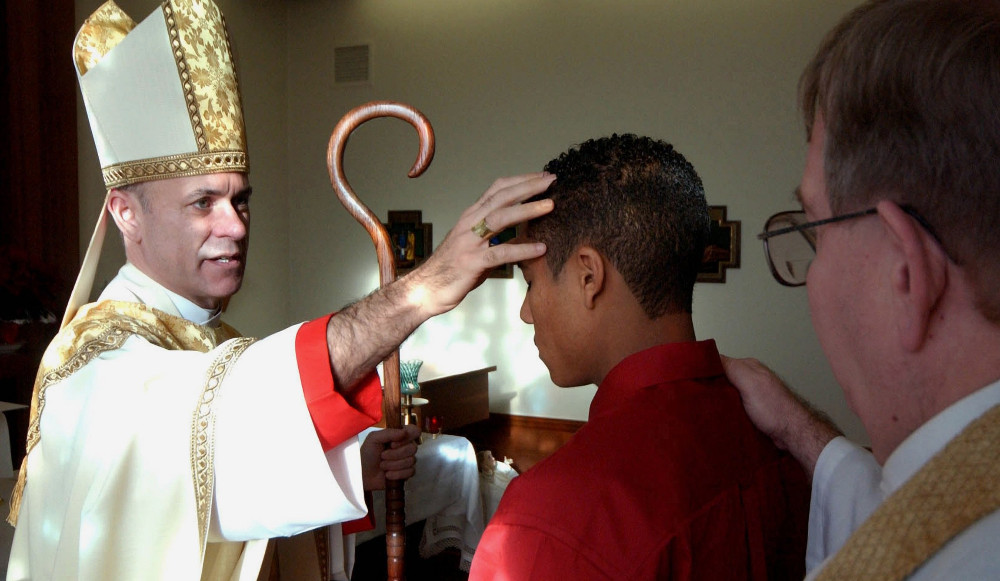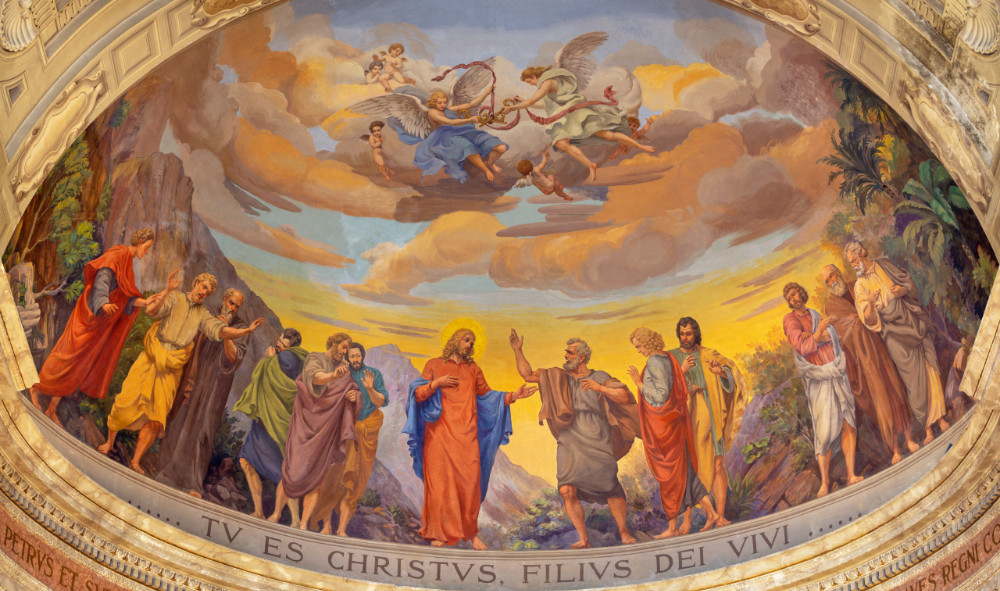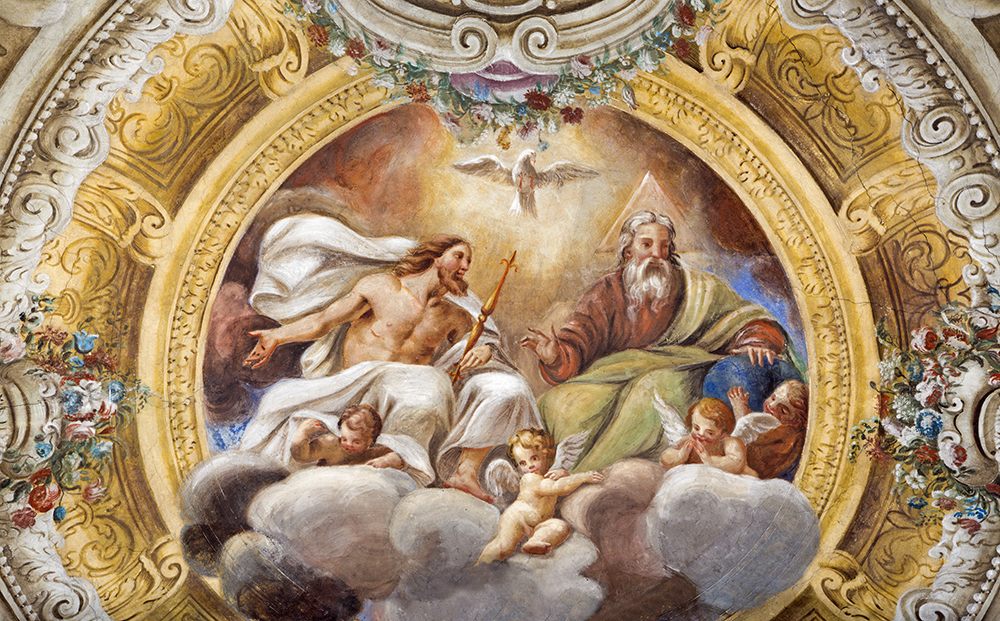How do we allow the Scripture, in all its awesome power, to draw us closer to God?
One important spiritual discipline that can help us in this regard is called lectio divina, which is Latin for “sacred reading.” It’s one of the oldest forms of Christian prayer, and the bishops at the synod repeatedly recommended that Catholics discover its power to make the Bible come alive.
From the very beginning, the early Christians imitated the Jewish model of using Scripture (the Old Testament) as a gateway into prayer. Once the New Testament books were written, Christians approached these sacred texts in the same way.
They understood that God was the author of Scripture, and that He was personally present in the words of Scripture. They read the words in a way that connected them to God. They learned how to read the Word of God with their hearts as well as their minds.
The Fathers of the Church read Scripture this way. St. Jerome, who translated the Bible from Hebrew and Greek into Latin, was an early advocate of “sacred reading.” Sts. Augustine, Basil and Benedict all made ample use of it.
Eventually, the practice became a common form of prayer in monastic communities in Europe. Lectio divina is still closely associated with monasteries, but in recent decades many Christians who lead active lives in the world have learned to pray this way as well.
Four Stages
The essence of lectio divina is reading the words of Scripture with one’s “heart,” guided by the Holy Spirit. It’s a flexible method and cannot be reduced to a technique. But those who are most skilled in it agree that lectio divina usually involves four stages.
Nearly a thousand years ago, a monk named Guigo de Castro described them in a letter to a fellow monk. Guigo’s outline is still the standard description of this prayer practice.
The scriptural text for lectio divina is usually chosen in advance. Typically, it is a short text, often a single verse containing the words of Jesus or a brief description of his actions.
The first step is lectio — reading. We read for understanding. What is the context of the verse? What did the author mean to convey to the people he was addressing? The question to ask in lectio: “What does the text say?”
The second stage is meditatio — meditation. We ruminate on the verse. We memorize it. We say it over and over again slowly and carefully. What do the words mean to me? How do they interact with our thoughts and memories? The question to ask in meditation: “What does the text say to me?”
The third stage is oratio — prayer. Our hearts have been stirred by meditating on the verse. God has spoken to us through the words. Now, what response do we make? The question asked in oratio: “What do we say to God in response to this text?”
The final stage is contemplatio — contemplation. Our prayer moves beyond words and beyond thought. We simply rest in God. We let His love transform us. The question asked in contemplation:”What is God saying to us?”
Lectio divina does not always unfold in an ordered progression of stages. Often we will oscillate between times of acting and times of receiving. We are “busy” reading, thinking, speaking. Then we quietly listen and receive what God has for us.
Nevertheless, the natural movement of lectio divina is toward ever-greater simplicity. It begins with close scrutiny of the words of Scripture. It ends with wordless enjoyment of God.
Gradually the words of Scripture dissolve and the Word of God is revealed before the eyes of our heart. Reading the sacred words fosters a dialogue with God. It’s a dialogue that concludes with an act of consecration, whereby we offer ourselves to God.
New Habits Needed
If we are to pray lectio divina successfully, we need to learn some new habits. First of all, we must slow down. Sacred reading takes time. Those who consistently pray this way often recommend that we set aside at least an hour in a quiet place for it. It’s not exactly an ideal way to pray on the bus during your daily commute (though this is just a guideline, not a rule).
We also need to learn to read differently. We’re accustomed to reading texts in order to understand the information they convey. It’s a cognitive process, an act of the intellect.
The goal of “sacred reading,” however, is to seek God. It’s an exercise of the heart and a process that’s led by the Holy Spirit. As one writer on lectio divina put it, “The full process of ‘reading’ could take 15 minutes or be spread over 15 years.”
Interest in lectio divina has surged in recent years. Pope Benedict XVI recommended it as a way for us to hear God and to respond to Him “with openness of heart.” If we learn to pray this way, the Pope has said, “this practice will bring to the Church — I am convinced of it — a new spiritual springtime.”
Jim Manney writes from Michigan.







